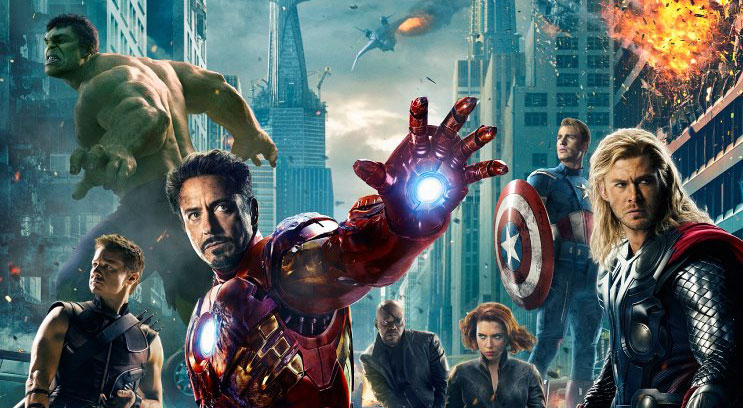A Lesson from Joss Whedon – How to Write an Ensemble
/
Joss Whedon is a film maker and a show runner, but first and foremost he’s a writer. I’ve watched many of his projects—Angel, Firefly/Serenity and Dollhouse among them—and while he’s a brilliant actor’s director, it’s always his writing that really stands out for me. While recently watching The Avengers, it struck me how his exacting characterization, snappy dialogue and smart humour really shine in his screenplay, even though he had the difficult task for writing for an ensemble cast.
Writing for a large cast of characters is tricky, but it's something Whedon excels at. It’s challenging to keep everything balanced when you want the team as a whole to come out as the ‘hero’. Whether the media is a novel or a film or TV series screenplay, the storytelling techniques remain the same:
- Introduce the characters one at a time: Separate characters need to stand out individually, so introducing each character to the reader/viewer one at a time builds familiarity. This also allows for small pieces of relevant backstory to be woven into the story a bit at a time without a huge info dump.
- Give each character a distinct skill/personality quirk: Each character in an ensemble needs a reason to be there. While the characters in The Avengers were established before Whedon even began writing the screenplay, he’s always excelled at creating original casts of characters—interesting individuals who each brought something unique to the table, so the group as a whole was always bigger than the sum of its parts.
- Allow each character time to shine individually while still being a part of the team: Whedon took great care to give each character a crucial role in the story and then let the story unfold organically. There’s a great scene during The Avengers climactic battle that panned down the length of a midtown Manhattan street and shifted from character to character as each fulfilled their role. It was not only visually eye-popping, but it was a testimony to the strength of each character within the framework of the team. Each of them was crucial to the success of the whole.
- Even in a team, conflict still drives the story: External conflict might drive the story as a whole, but internal conflict between the team member helps develop individual character arcs and push the external conflict forward. In the case of The Avengers, it was the conflict between Tony Stark/Ironman and Steve Rogers/Captain America that drove a lot of the teamwork as a whole. Theirs was a disagreement that essentially came down to the basics of war and leadership, but when the chips were down that internal conflict was rapidly resolved, allowing the final climactic scene to play out as it did.
The Avengers was not only good summer-popcorn-movie fun, it was also a solid story that stayed nicely inside the restrictions of an existing fictional universe while still highlighting an ensemble cast of characters.
From the more experienced writers among us, do you have any other tips for writers wanting to take on writing a large ensemble cast of characters in either novels or screenplays?
Photo credit: Marvel



 54.7%
54.7%